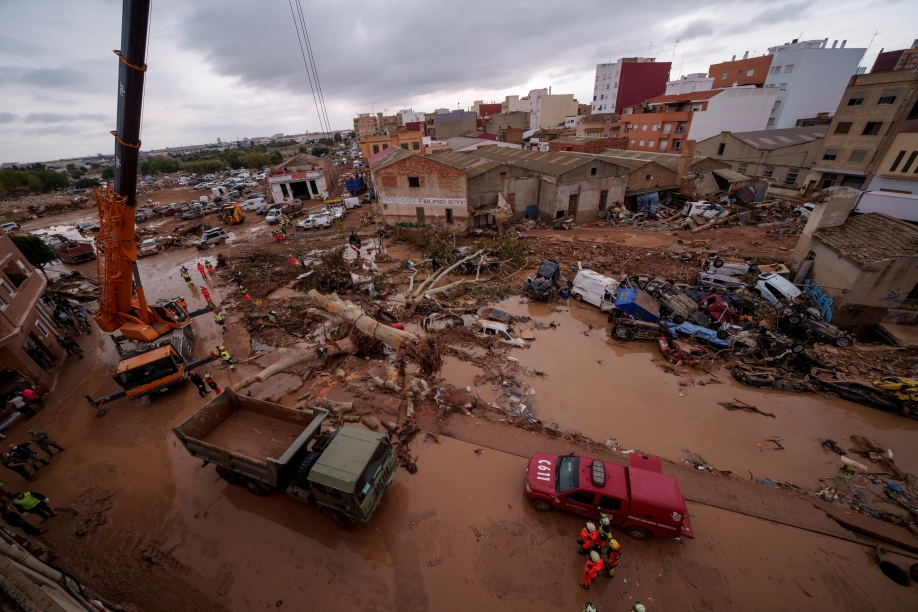Niger's 2024 Floods: Nearly 400 Dead and Over 1.5 Million Affected

In 2024, Niger experienced devastating floods that resulted in 396 fatalities and affected over 1.5 million people, according to Interior Minister Mohamed Toumba. The floods also left 405 individuals injured and impacted more than 200,000 households.
The disaster was exacerbated by exceptionally heavy rains from June to September, which led to significant destruction across the country. Southern regions such as Dosso, Maradi, and Zinder, along with the western region of Tahoua, were particularly affected. In Zinder, the 19th-century mud brick mosque collapsed, and the capital city, Niamey, experienced road damage that temporarily isolated it from the rest of the country. Additionally, over 158,000 homes were destroyed, and 31,000 livestock were killed.
Climate scientists warn that such extreme weather events are becoming more frequent and intense due to climate change driven by fossil fuel emissions. The Sahel region's susceptibility to flooding is further exacerbated by severe droughts, which harden the soil, reducing its capacity to absorb rainfall. These conditions contribute to the severity of floods when heavy rains occur.
The 2024 floods in Niger are part of a broader pattern affecting West and Central Africa. Countries like Mali, Nigeria, Chad, and Niger have experienced some of the worst floods in decades, displacing millions and causing hundreds of deaths. The International Rescue Committee reports that these floods have exacerbated food insecurity, with widespread destruction of farmland and significant crop losses.
The United Nations Office for the Coordination of Humanitarian Affairs (OCHA) highlights that the floods have led to increased cholera cases and rising malnutrition rates, as the disaster coincided with the lean season, further straining food resources.
In response to the disaster, international aid organizations are providing emergency assistance, including food, shelter, and medical support. However, the scale of the crisis requires sustained and coordinated efforts to address both immediate needs and long-term resilience against future climate-induced disasters.


















तपाईको प्रतिक्रिया दिनुहोस